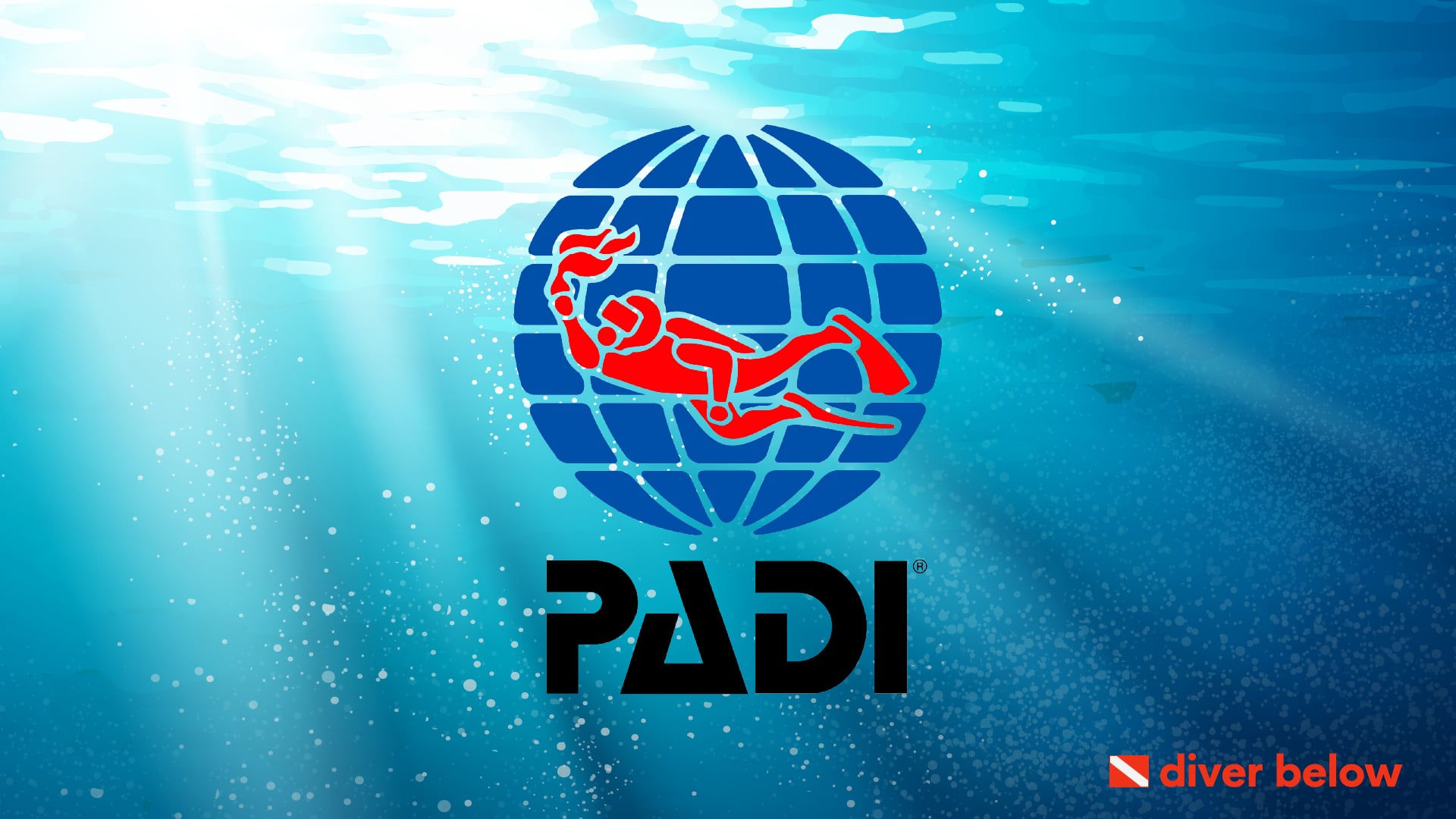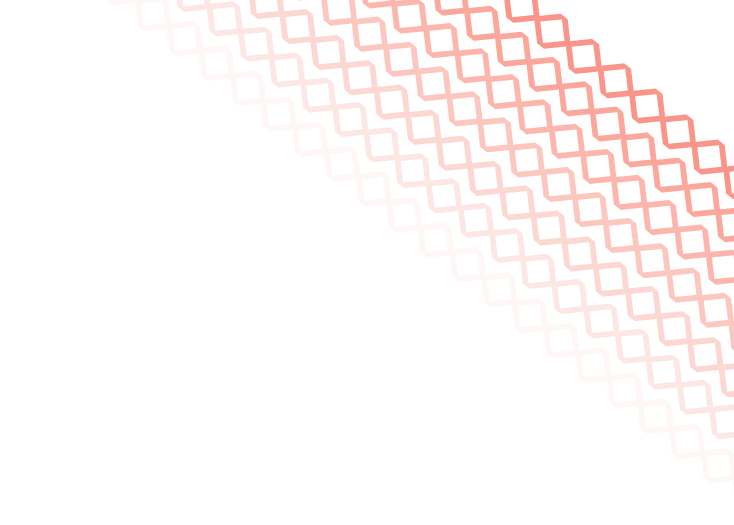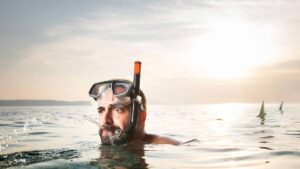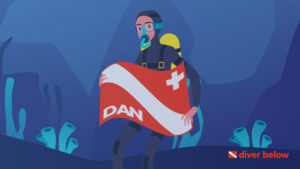It can be fun and exhilarating when you discover scuba diving, but since diving can be dangerous, you need some dive training before strapping on a tank and exploring a coral reef.
This is where PADI comes into play, offering diver education and training across a vast array of dive disciplines.
Contents
- What is PADI?
- What does PADI Mean?
- What Does PADI Do?
- What is a PADI Qualification?
- Types of PADI Qualifications
- Popular PADI Certification Levels
- How Long is a PADI Course?
- How Difficult is the PADI Scuba Diving Certificate?
- How Long is a PADI Certification Good For?
- Getting Certified Through PADI
- How to Enroll in a PADI Diving Course
- Frequently Asked Questions
- Wrapping Up
What is PADI?
PADI is the body that governs training for scuba divers and recreational diving.
Founded in 1966, PADI offers accreditation to diving instructors in many different diving disciplines.
John Cronin had been an instructor with the National Association of Underwater Instructors (NAUI) but left the group to start PADI with fellow diver Ralph Erickson.
Today, getting PADI certified is something nearly all scuba divers have done.
As of 2019, PADI has awarded over 27 million certifications to divers around the world.
What does PADI Mean?
PADI is an acronym for the Professional Association of Diving Instructors.
The organization provides dive certifications that most dive shops and divemasters require before filling air tanks or allowing you on the boat for an open water scuba dive.
What Does PADI Do?
PADI offers diver training and education.
Divers learn skills progressively in real situations.
Most training programs start in classrooms, move to swimming pools, and then into open water, such as a lake, bay, or the ocean.
Diving instructors who hold PADI certification offer solid training in diving, the related gear, and most importantly, diving safety.
Past that, though, PADI training goes beyond getting initial scuba diving certification with different types of PADI qualifications.
What is a PADI Qualification?
Having a PADI qualification means you have proper training in scuba diving.
While it’s not illegal to dive without certification by PADI or any other training entity, no reputable dive center or company will allow you to dive with them or rent you any equipment without it.
Since many divers don’t own their own boats, air tanks, or compressors for filling those tanks, PADI certification is necessary for them to be able to dive.
Scuba diving is a hazardous undertaking.
The ocean is inherently dangerous, and spending time under the water gets riskier the longer you stay and the deeper you dive.
PADI qualifications start with open water certification, which is the diver’s first entry into the world of scuba diving.
Once divers have that, they can begin learning other skills.
Someone wanting to become a PADI divemaster will need to complete several different qualifications.
Types of PADI Qualifications
Beyond learning how to wear a mask, snorkel, fins, and a tank, a PADI dive course can take you beyond scuba dive training to include other dive skills, some of which do not involve an air tank or even that much equipment.
Scuba Diving
The PADI Open Water Diver course is the first step in dive certification led by a PADI instructor.
Students learn basic scuba skills and safety practices.
Typically, the class takes place over five to seven sessions after several hours of classwork.
The three parts include:
- Classwork using PADI eLearning® or in-class instruction.
- Poolwork (or confined water dives) to develop scuba skills.
- Open water work for real-world applications and the operation and use of scuba gear.
PADI’s open water certification is required before taking more advanced or specialized courses, which we’ll discuss below.
Freediving
Freediving involves diving without a tank.
Enthusiasts talk about the peace and freedom they find while underwater, but freediving safely is about more than just holding your breath as long as you can.
PADI’s Freediving qualification is available for divers aged 15 and older and is available in beginning, intermediate, and advanced levels.
Each course sports three parts:
- PADI eLearning® or in-class instruction.
- Poolwork to learn to use the regulator and other equipment.
- Open water diving for real-world applications.
Technical Diving
Technical Diving certification offers training for more stringent diving, such as cave or wreck diving, dives below 130 feet, or using rebreathers.
Special circumstances require different equipment and skills, so the technical diving qualification opens those types of dives to those certified for open water but wish to expand their abilities.
Emergency First Response
PADI’s Emergency First Response certification is not a diving class but rather a two-part (primary and secondary) program.
This program teaches CPR and first aid skills.
PADI eLearning® covers the classwork aspect, and in-person instruction puts the student in role-playing scenarios to learn and practice first aid techniques.
Mermaid
The Mermaid courses give certification in the particular dive style called mermaiding, which is what you think it is: wearing a monofin and swimming underwater like a mermaid.
Some people engage in it as a hobby, a way to meet people, and there are even professional mermaids.
This PADI qualification offers basic and advanced versions of the course and teaches mermaid-specific skills like C-shape and U-shape turns, plus getting comfortable with the monofin.
Popular PADI Certification Levels
While not everyone pursues every PADI certification, there are a few courses that nearly every diver takes.
Here are some of the more popular classes and PADI programs, as well as a specialty course or two.
Open Water Diver
As mentioned earlier, the Open Water Diver certification is a diver’s entry into the world of scuba diving.
Unless you plan on a one-off dive excursion led by people less concerned with your safety than you are, you simply must get this certification before you go on your first dive.
Should you dive without it and survive the experience, then decide, “Hey, I like that and want to do it again,” you’ll have to get your open water certification if you want to dive with any reputable companies or divemasters.
Don’t skip this step.
Advanced Open Water Diver
PADI’s Advanced Open Water Diver certification builds on what you learned in your initial course.
With this certification, a PADI scuba diver may dive deeper than 60 feet and will learn navigation skills.
The course also allows for divers to try different specialty dives, including night diving, search and rescue diving, and wreck diving, among others.
Junior Open Water Diver
Essentially scuba diving lessons for kids, the Junior Open Water Diver certification is a version of open water certification designed for kids between 10 and 15.
It takes the students to shallower depths than adults and places restrictions on divers, including needing to be paired with a dive-certified adult.
Rescue Diver
The Rescue Diver program means you’ll leave the PADI dive center knowing how to handle many underwater scenarios when someone needs help.
The course has prerequisites, meaning you’ll need more than just the open water certification, a PADI eLearning® component, and in-person training consisting of up to seven class sessions.
Enriched Air (Nitrox) Diver
Due to how air acts under pressure and how time underwater affects it and our bodies, there are time limits to safe diving.
Using enriched air (which has less nitrogen in it than regular air) means staying underwater for longer periods.
PADI’s Enriched Air Diver certification not only explains how this works but also teaches you what you’ll need to do with your dive computer on a nitrox dive.
And to get your tank filled with this enriched air, you’ll need to show your certification for using it.
Deep Diver
Deeper dives (those below 60 feet down to 130 feet) present different problems to divers.
Knowing how the pressure of greater depths affects the brain, perception, and diving equipment is the crux of PADI’s Deep Diver certification course.
Classwork and poolwork covers the issues deep divers face, including recognizing and dealing with narcosis, or depth drunkenness, a real concern that can lead to a diver’s injury or death.
The PADI Adventure Diver certification is a prerequisite for this course.
PADI Course Chart
Once a diver has his initial certification and has undertaken several dives, they might decide to investigate different dive certifications, which will allow for more specialized dives.
PADI has a flow chart that lays out what dive qualifications one needs for specific activities.
Looking at the chart, someone interested in wreck diving will see that Adventure Diving is a prerequisite, a certification subset of the advanced open water course.
The chart also shows all available specialty certifications.
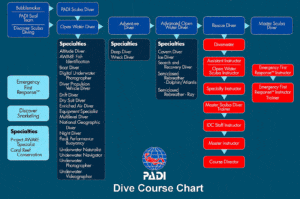
How Long is a PADI Course?
We’ve touched on a few of the time requirements, but most classes generally require a few hours of self-directed study using PADI eLearning® or in-class instruction.
Courses including work at the dive shop in a pool require typically between four to seven sessions (meaning at least four to seven days, though rarely are these sessions held on consecutive days).
Open water dives will require an additional day or two.
In general, expect to spend a few weeks per certification you pursue.
How Difficult is the PADI Scuba Diving Certificate?
The short answer is it depends. Granted, you’ll have to put some effort into it, as PADI courses aren’t exactly Rocks for Jocks.
It’s not an easy A, and since failure in scuba diving can result in your death, you’ll want to, you know, study and pay attention.
There is a time commitment, and the coursework you’ll do online or in person isn’t simple by any means.
However, it’s also not overwhelmingly difficult.
Some struggle with parts of the course; for instance, some people have great difficulty forcing themselves to take that first breath from a regulator while under the water.
If you are one of these people, the classes can be more demanding of you.
However, as with anything new we take on, dedication, perseverance, and repetition are our friends.
How Long is a PADI Certification Good For?
PADI certifications have no expiration date, so there is no renewal process and no lines at the DMV where the “D” stands for “diving.”
However, after an extended period away from diving, the responsible diver will want some sort of brush-up.
PADI offers a ReActivate Scuba Refresher course for them.
Keep in mind that technology and mindsets change.
A diver who got certified in the 1990s then laid off for a while may not know anything about the dive computers that are pretty ubiquitous now.
And no one wants to get to 40 feet and realize they forgot to do something important or grab this or that piece of equipment.
Getting Certified Through PADI
As we’ve mentioned a few times, once you enroll in a PADI course, you’ll have online or in-person classwork to complete, and in most cases, classes in a swimming pool led by a PADI diving instructor.
PADI E-Learning Platform
Most PADI certifications have an eLearning® element, which allows divers to access and study class materials at their own pace from any mobile device or Internet-connected computer.
In-person classes are sometimes available, but the eLearning® platform allows for convenience in pursuing one’s dive goals.
PADI Pros & Instructors
Stringent requirements stand in the way of just anyone being a divemaster or PADI instructor.
A divemaster— essentially the captain of a group dive— holds multiple certifications, has logged at least 60 dives, and has completed PADI’s Divemaster course.
Divemasters lead dives, but they do not teach.
PADI Instructors start with the Divemaster course, then take an Instructor Development course.
The IDC also includes the PADI Assistant Instructor course and teaches the prospective instructor skills for teaching and comprehensive knowledge of PADI’s education programs.
PADI Certification Card
Whether you use a physical card or an eCard stored on your mobile device, your PADI certification card opens all diving doors to you.
Again, once you have the certification card, it’s good for life.
You will be required to show this certification card at dive shops worldwide when you’re refilling tanks or booking dive trips.
Junior divers can get a new card reflecting their change to senior divers when they celebrate their 15th birthday simply by ordering a new card.
Lost cards are easily replaceable through PADI’s website.
How to Enroll in a PADI Diving Course
Finding the right course for you starts with PADI’s website, or you can contact your local dive shop.
Either avenue will allow you to choose and sign up for the certification you want.
The advantage of starting at PADI.com is finding listings for reputable dive shops in your area.
Your local dive shop most likely is associated with PADI, but always ask.
You can’t be too safe.
Frequently Asked Questions
We haven’t covered every single detail concerning PADI, but we’ve tried.
Still, you may have other questions.
We’ll answer some of the more common ones below.
Is PADI Open Water Worth It?
In nearly every situation, yes, it is.
Earlier, we posed a hypothetical situation where a brand new diver goes on a dive with no training but with a dive leader who tries to make sure everyone comes back alive.
But since few people go scuba diving once and then decide they hate it, repeated dives will eventually require showing someone a certification card.
If you’ve taken PADI’s Open Water course, you’ll have that card, and more importantly, you’ll be safer and more knowledgeable about what you’re doing.
It’s tough to overstate the possibility of danger on any dive.
Certification means you’ve learned how to deal with issues that may crop up while you’re underwater.
Can you dive alone with a PADI Open Water certification?
Can you? Sure. It’s not against the law.
Should you? Never, under any circumstances.
And if you’d taken PADI’s Open Water course, you’d have learned about the buddy system, and you’d have been dinned into that diving alone is unacceptable.
How much does PADI Open Water cost?
PADI’s Open Water Diver course for beginners will cost you $195 at the PADI website, though the dive shop where you complete your dive training will charge fees, as well.
All told, expect to pay between $300 and $500 for certification.
Wrapping Up
Without any type of scuba certification, your dive options will remain exceptionally scarce.
More importantly, you’ll be putting yourself in harm’s way by diving without one.
PADI offers training and continuing education to allow for your dive safety and your progression of skills as a scuba diver.
The best place to start your scuba diving journey (and you’ll get hooked, so it’s a lifelong trip) is PADI.com, where you’ll find the certification course that fits your needs.
